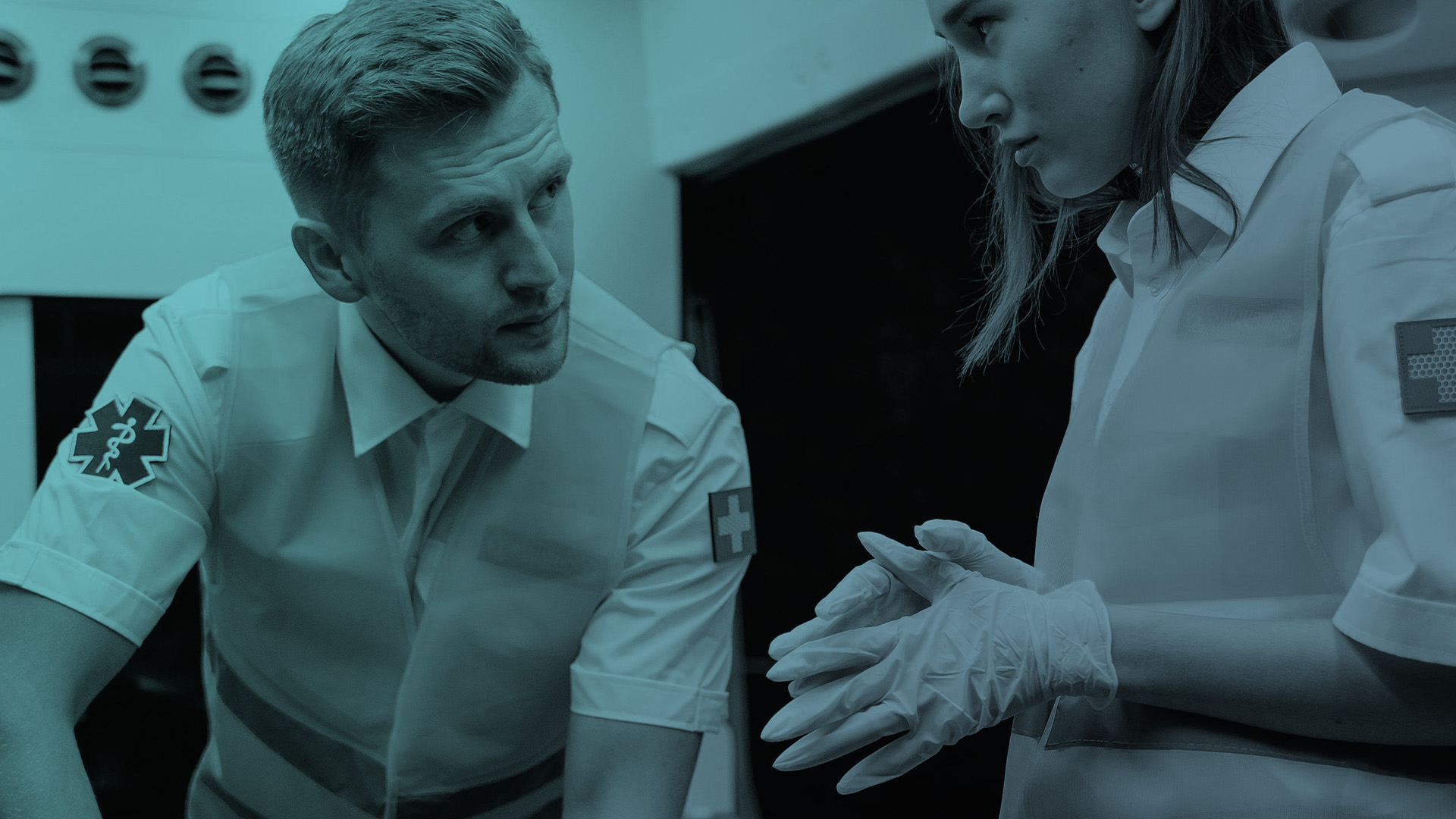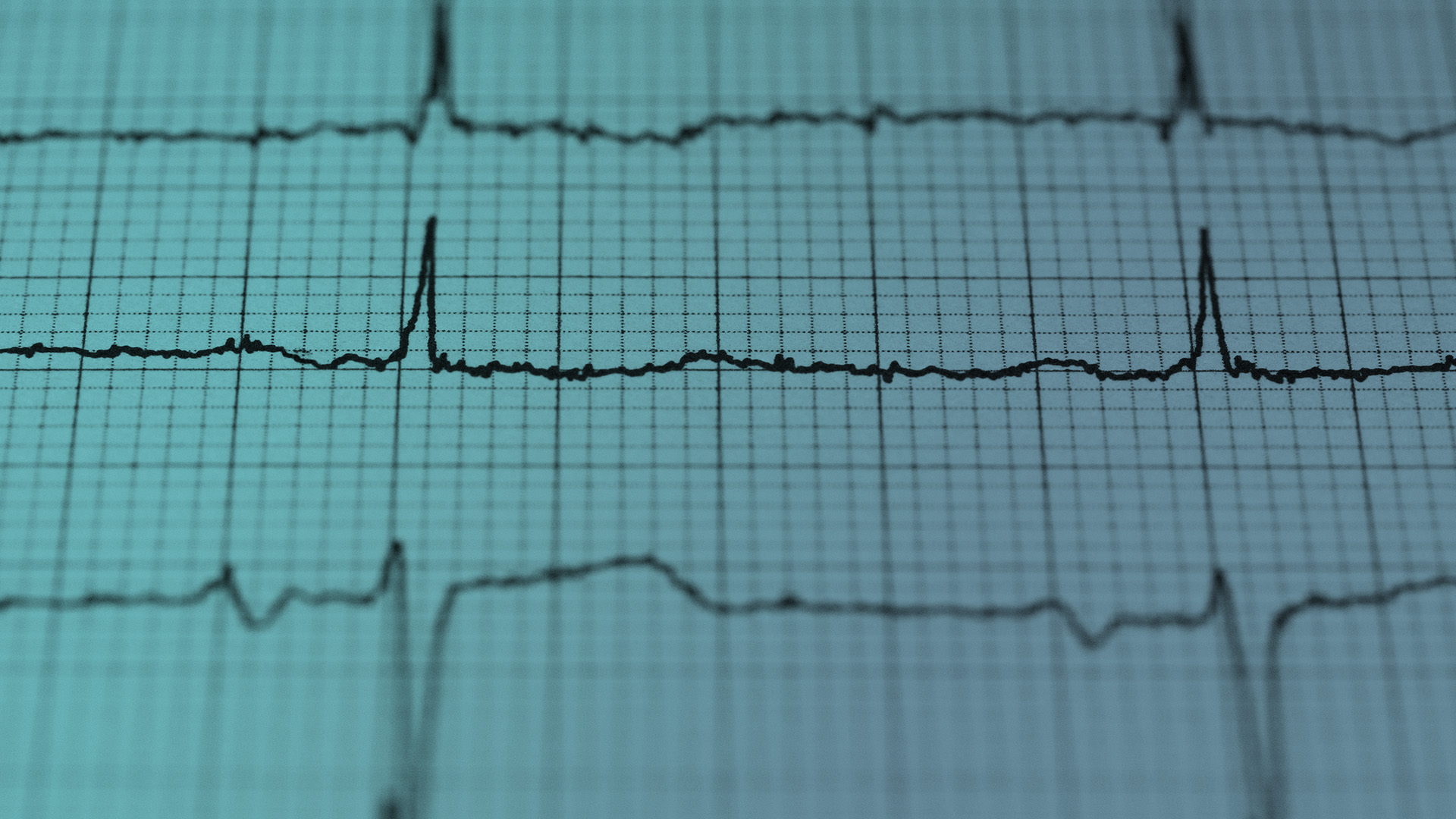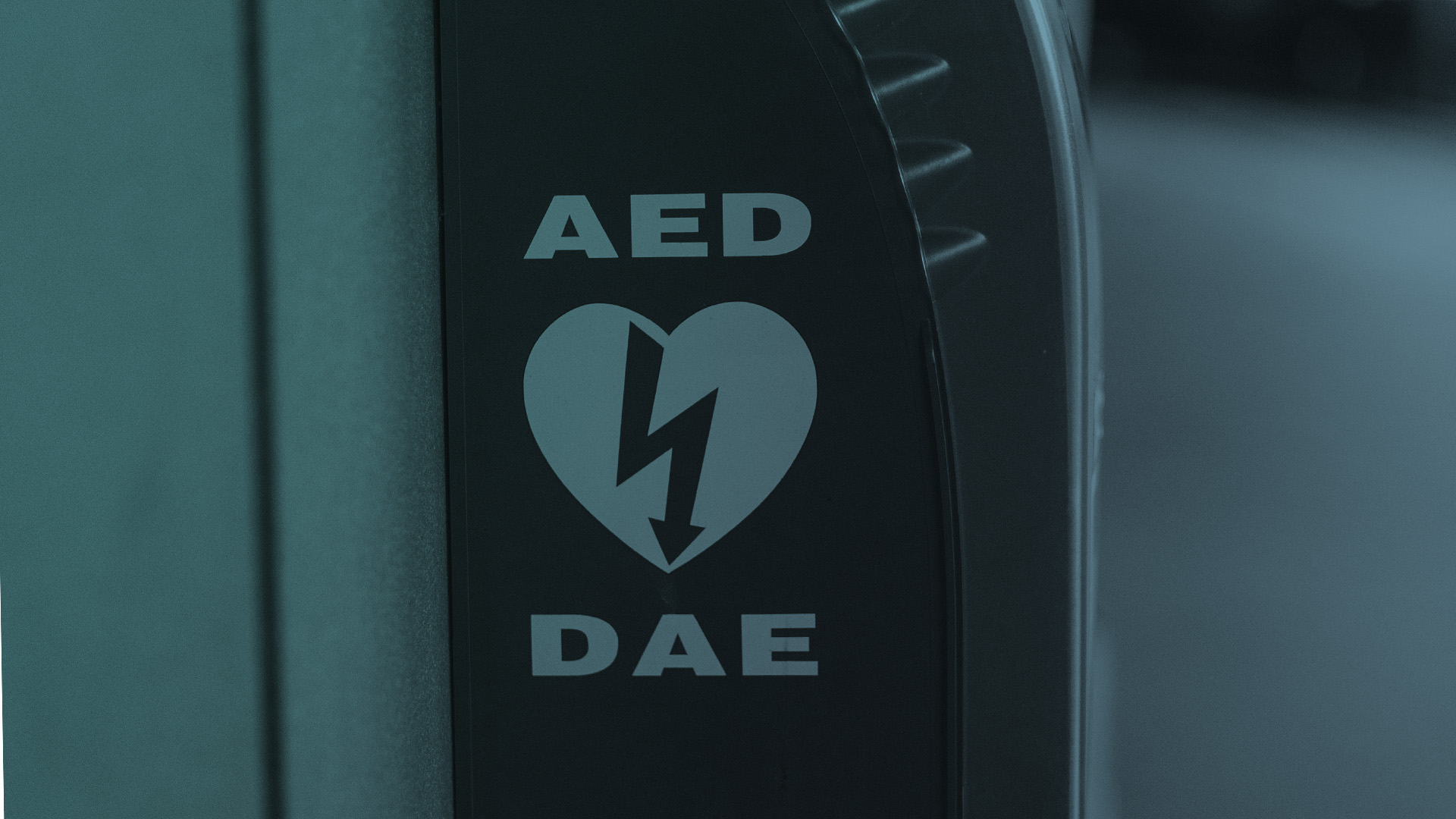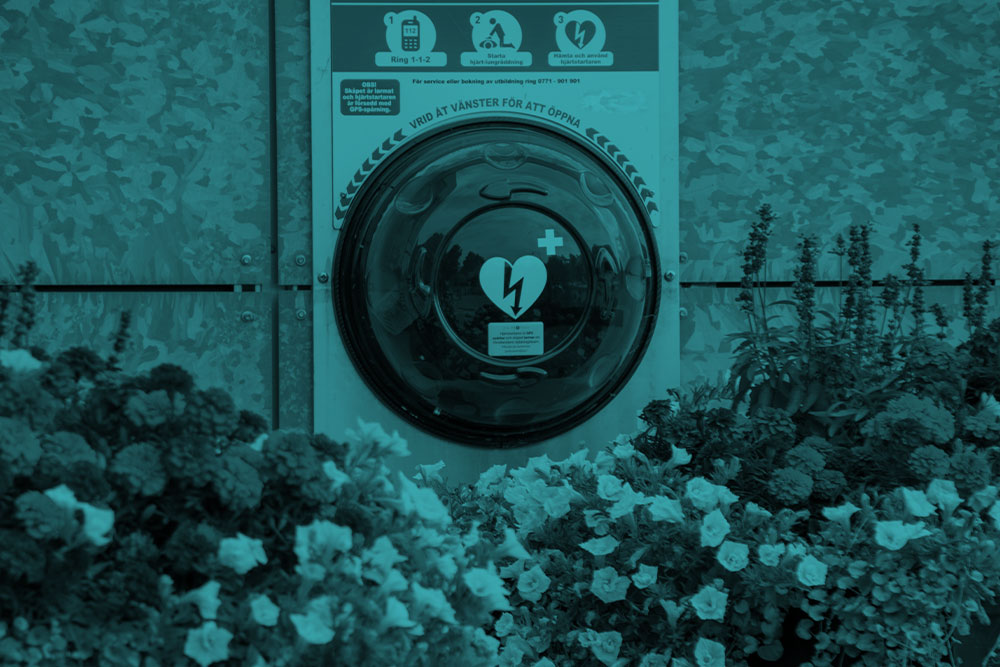Background: Declining cardiovascular mortality rates have been well-documented, yet temporal trends of sudden cardiac death (SCD) in young individuals remain unclear. We provide contemporary nationwide estimates of the temporal trends of SCD in young individuals (1-35 years of age) from 2000 through 2019 and correlate these trends to changes in out-of-hospital cardiac arrest (OHCA) patterns, rates of inherited cardiac diseases, and implantations of implantable cardioverter defibrillators (ICD).
Methods: All individuals between 1 and 35 years of age living in Denmark from 2000 through 2019 were included, with annual re-evaluation of the at-risk population in regard to age. Adjudication of SCD cases relied on multiple sources, including death certificates, medical files, and autopsy reports. Information on OHCA, diagnostic rates, and ICD implantations were captured from nationwide administrative registries. Annual incidence rates of SCD were calculated, and temporal trends in SCD incidence were computed as percentage change annualized. Trends in OHCA survival and characteristics, diagnostic rates of inherited cardiac diseases, and ICD implantations were assessed.
Results: During the 20-year study period (47.5 million person-years), 1057 SCDs were identified (median age, 29 years; 69% male). The overall incidence of SCD was 2.2 per 100 000 person-years and declined by 3.31% (95% CI, 2.42-4.20) annually, corresponding to a 49% (95% CI, 38.7-57.6) reduction during the study. Rates of witnessed SCD declined markedly (percentage change annualized -7.03% [95% CI, -8.57 to -5.48]), but we observed no changes in the rate of unwitnessed SCD (percentage change annualized -0.09% [95% CI, -1.48 to 1.31]). Therefore, the proportion of unwitnessed SCD increased by 79% (P<0.001). Survival after OHCA in young individuals (1 to 35 years of age) increased from 3.9% to 28%, mainly because of increased bystander cardiopulmonary resuscitation and defibrillation rates. Diagnostic rates of inherited cardiac diseases increased 10-fold (incidence rate ratio, 10.4 [95% CI, 8.46-12.90]) and the ICD implantation rate increased 2-fold (incidence rate ratio, 1.97 [95% CI, 1.51-2.60]).
Conclusions: SCD incidence rates in young individuals declined by 49% over the past 2 decades. The decline was paralleled by improved survival of OHCA, higher diagnostic rates of inherited cardiac diseases, and higher ICD implantation rates. However, rates of unwitnessed SCD were unchanged, which calls for new perspectives in preventive strategies.
Declining Trend of Sudden Cardiac Death in Younger Individuals: A 20-Year Nationwide Study – PubMed












